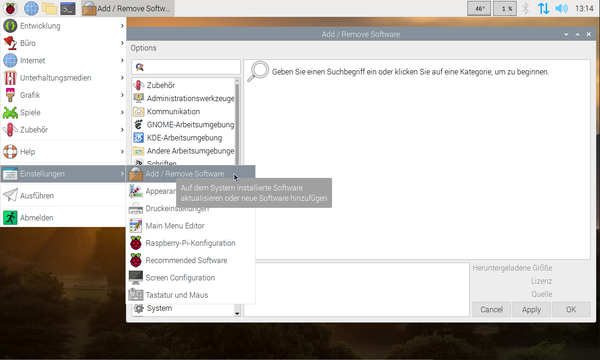

I did all of this in the Terminal application on my Mac.įirst, make sure you have the libusb library installed: The next step is to download the Raspberry Pi usbboot repository, install a required USB library on your computer, and build the rpiboot executable, which you'll use to mount the storage on your computer. The eMMC module should now be ready for the next step.

The board will power on, and you'll see the red 'D1' LED turn on, but the Compute Module won't boot. Then, plug a USB cable from your computer (in my case, my Mac-but it could be a Windows or Linux computer too) into the 'USB Slave' micro USB port on the IO Board, and plug in power: You could also pop any kind of conductor between the two pins, like a female-to-female jumper. I see you use a vhd file.Before you can set the eMMC storage into 'USB mass storage' mode, you have to put a jumper over the first set of pins on the 'J2' jumper-the jumper labeled "Fit jumper to disable eMMC boot":ĭon't have a jumper? I bought a huge pack of jumpers years ago, and grabbed one from that bag. But how did you get the machine to boot at all. I know it has being a while ago this topic was active. Qemu-system-x86_64 -hdd ex.vhd -cdrom ex.iso -m 700 -smp cores=4,sockets=1 -boot c How do I force qemu to use all four cores becasue it is unusable untill I do so? The accelerator is TGC since I am elmilulating x86 on arm I belive KVM isn't usefull for that. (after the 30 minutes of waiting for task manager to load up and be as close to usable as it will get). It tops out at 25% and the guest says it is at 100%. Even though my command line start up should use multible (all four cores) it doesn't.

I use smp cores=4,cpus=4,sockets=1,maxcpus=4 or simply smp cores=4 I have gotten windows embedded POS ready 2009 to boot fine, windows 98, windows xp, even the windows 7 installation disc boots fine.


 0 kommentar(er)
0 kommentar(er)
